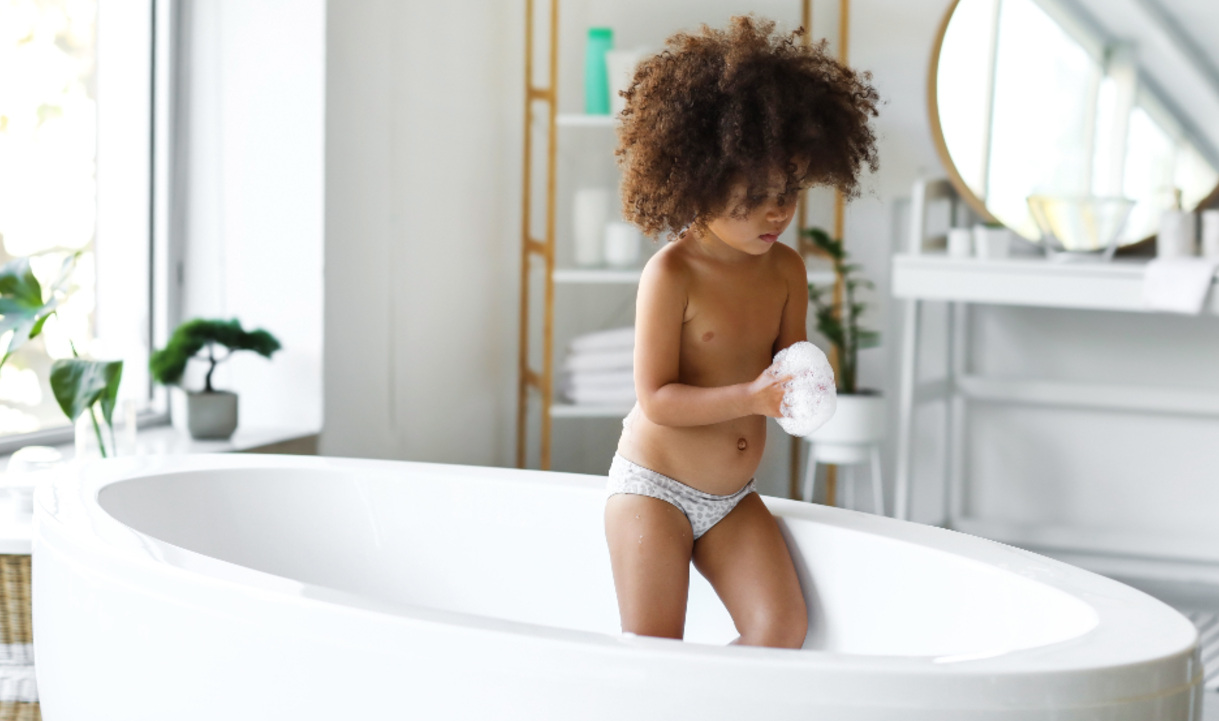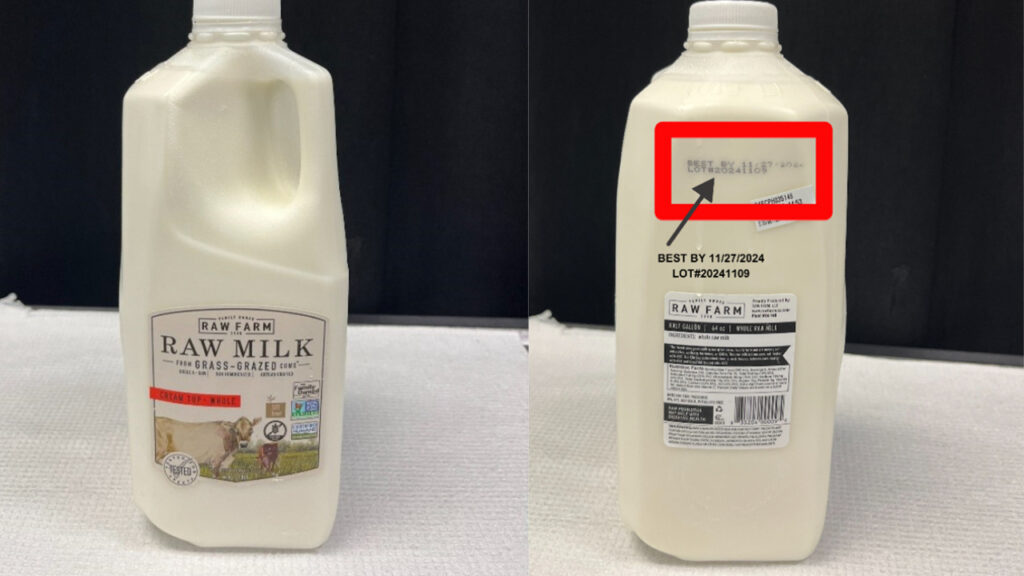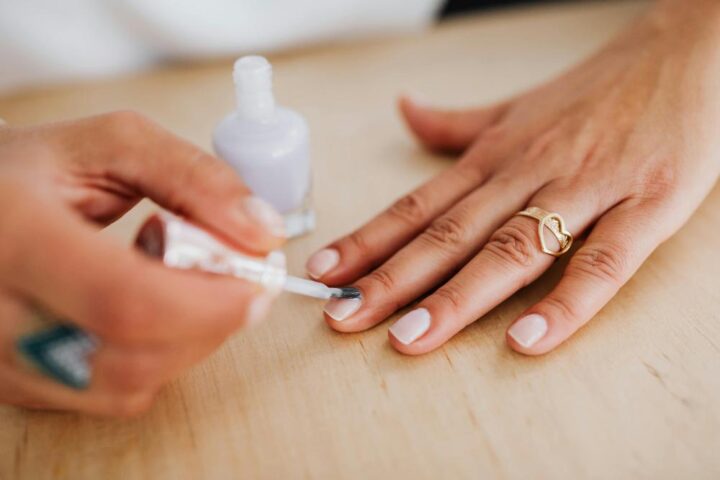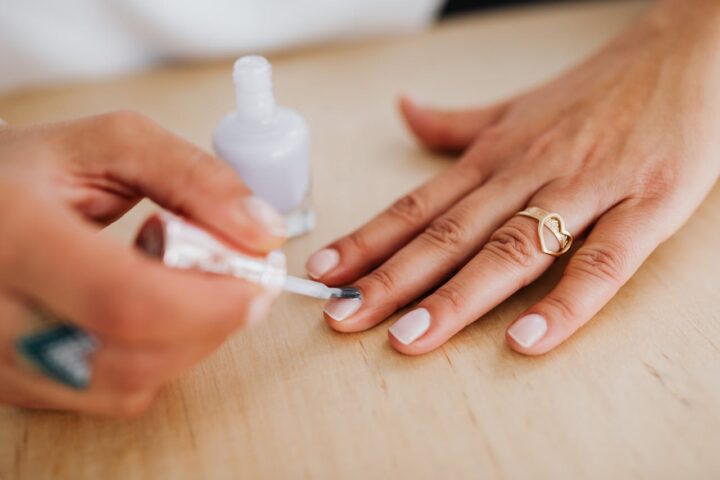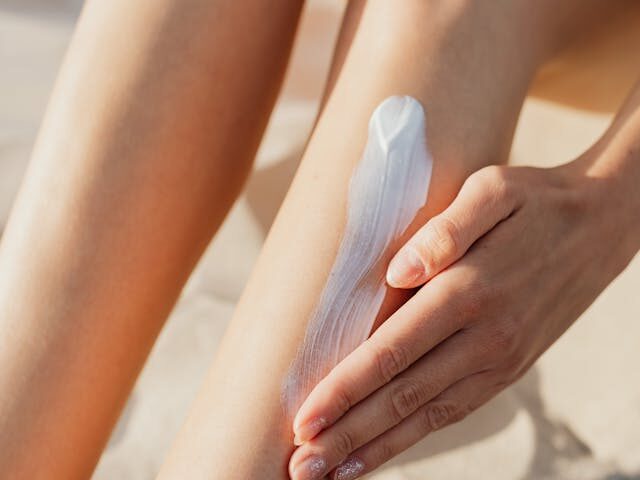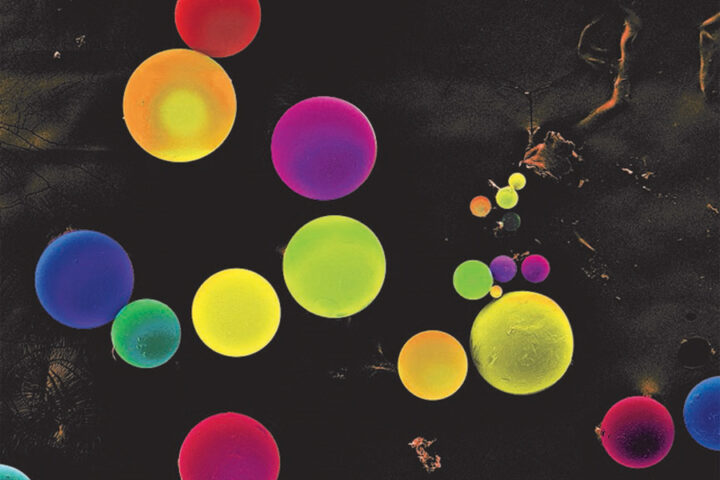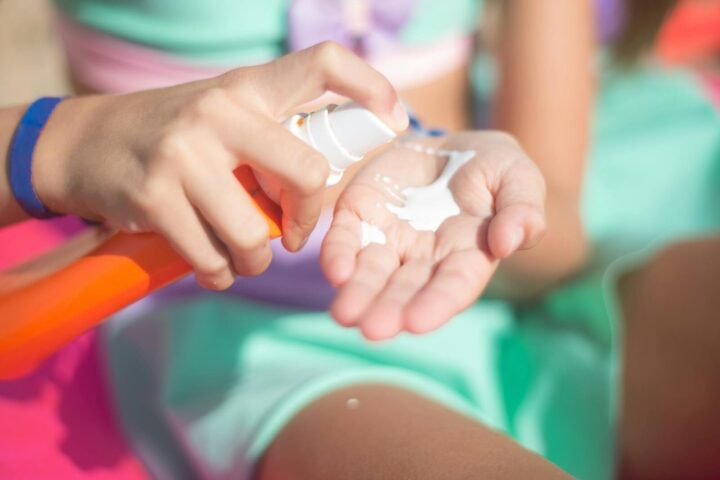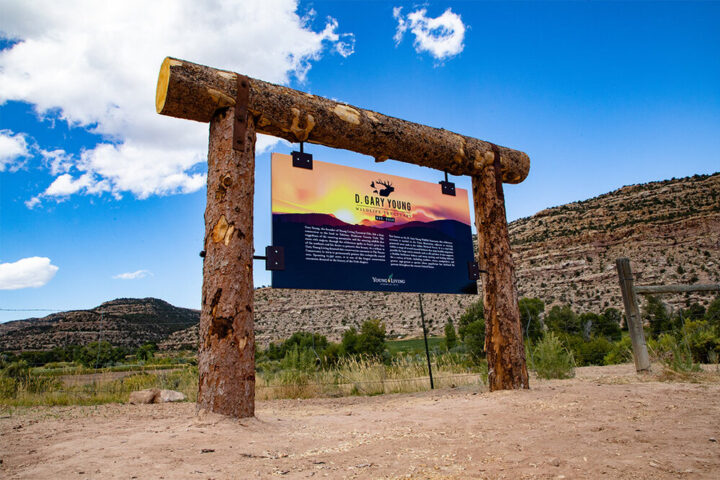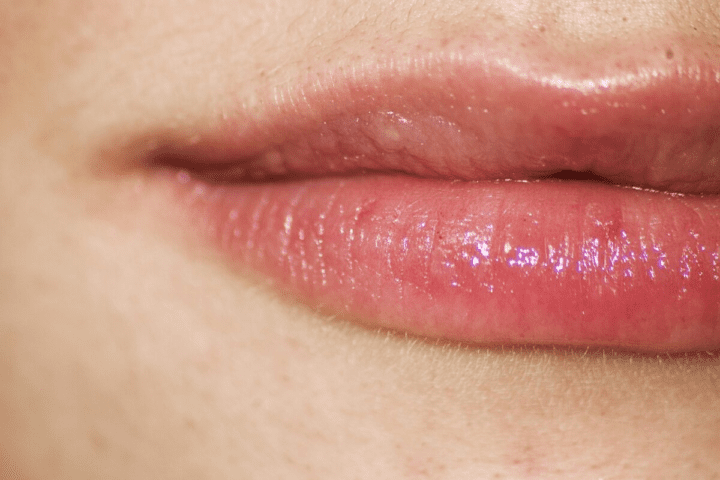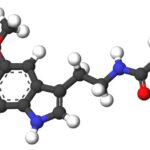Modern research continues to reveal concerning facts about everyday products we thoughtlessly apply to our children’s skin. A new study from George Mason University’s College of Public Health, examining 630 children between ages 4 and 8 across 10 U.S. cities, has revealed disturbing data about chemical exposure through common skincare products.
The numbers tell a stark story. Parents completed surveys within 24 hours before their child’s examination, detailing every lotion, soap, shampoo, oil, and cosmetic applied to their child’s skin. Clinical examinations and urinalysis revealed that children using these products had measurably higher levels of phthalates in their bodies – chemicals known to disrupt the endocrine system.
“This is the first study to suggest that different skin care products used by young children may differentially increase exposure to endocrine-disrupting phthalates and phthalate replacements in young children,” says Michael S. Bloom, professor at George Mason University. It’s concerning how these findings echo warnings about chemical exposure in consumer products that have gone unaddressed for far too long.
The racial disparities uncovered are particularly troubling. Non-Hispanic Black children showed the highest phthalate levels in their urine. Hair oil use is strongly correlated with elevated phthalate levels among Hispanic, Asian, and Pacific Islander children. Meanwhile, body lotion showed associations with specific phthalates among white children but not among Black and Hispanic children. These patterns suggest a disturbing inequality in product safety across demographic groups.
Similar Posts:
Dr. Lynn Goldman, who served as an EPA assistant administrator for toxic substances, puts it bluntly: “I think we should be much more concerned than we have been in the past about the fact that these [chemicals] might be allowed in cosmetics and personal care products.” The fact that such basic safety concerns remain unaddressed by regulatory bodies raises serious questions about consumer protection standards.
The scientific evidence paints a concerning picture. Previous studies link early childhood exposure to these chemicals with neurodevelopmental, reproductive, and metabolic diseases. Dr. Shruthi Mahalingaiah from Harvard T.H. Chan School of Public Health notes this is especially worrying given the current social media-driven surge in skincare product use among tweens and teens.
Parents searching for guidance can use the YUKA app to scan product barcodes or consult the Environmental Working Group’s Skin Deep database. But as Dr. Goldman emphasizes, “I don’t think that it’s really up to parents to be policing the ingredients in these products. I think it’s a job for the FDA. It’s a job for the EPA.”
The research team, funded by the U.S. National Institute of Health’s Environmental Influences on Child Health Outcomes study, suggests further investigation is needed into brand availability, product application methods, and usage patterns across different racial and ethnic groups. Co-authors include researchers from the Medical University of South Carolina, The Ohio State University Wexner Medical Center, and Christiana Care Health System.While past generations worried about visible environmental toxins, today’s threats lurk invisibly in everyday products. The urinalysis results from 630 young children suggest these chemical exposures are very real. The question remains: how many more studies will it take before regulatory action catches up with the science?
